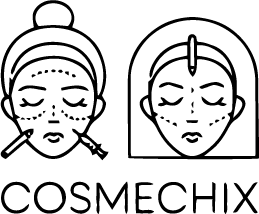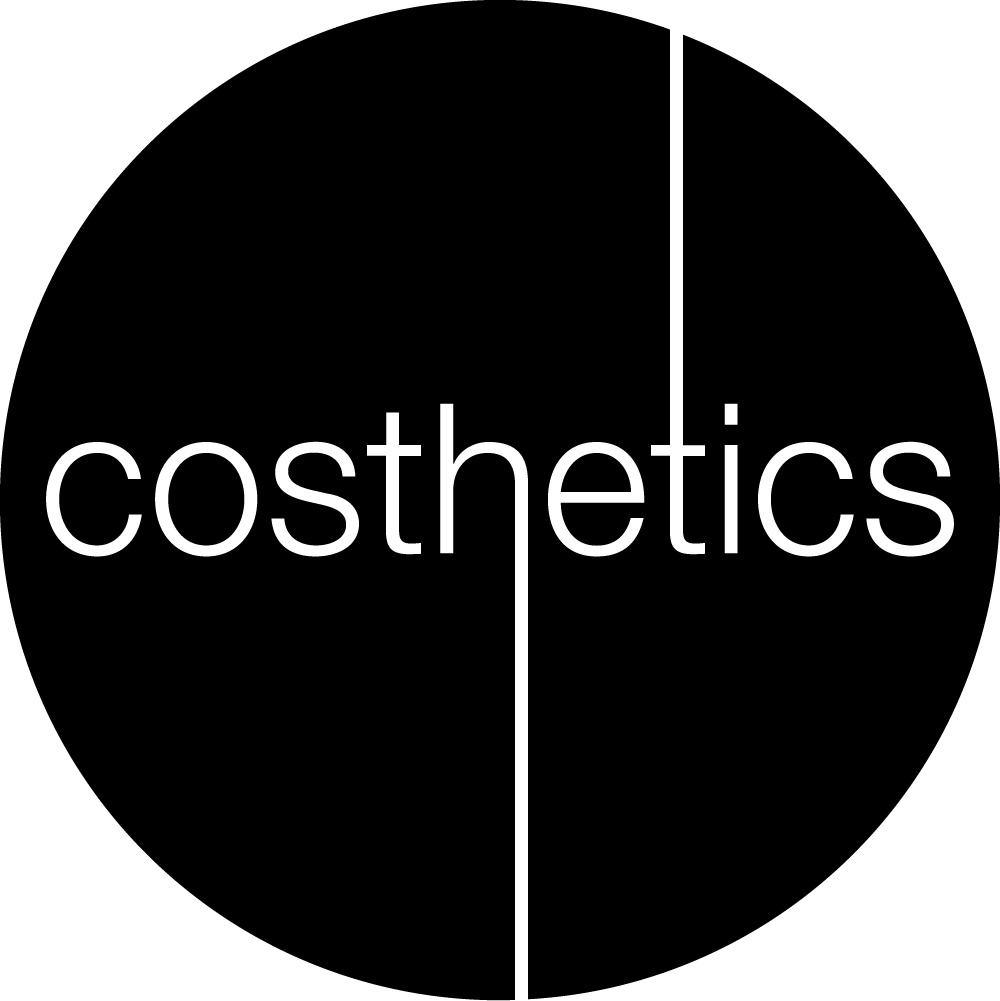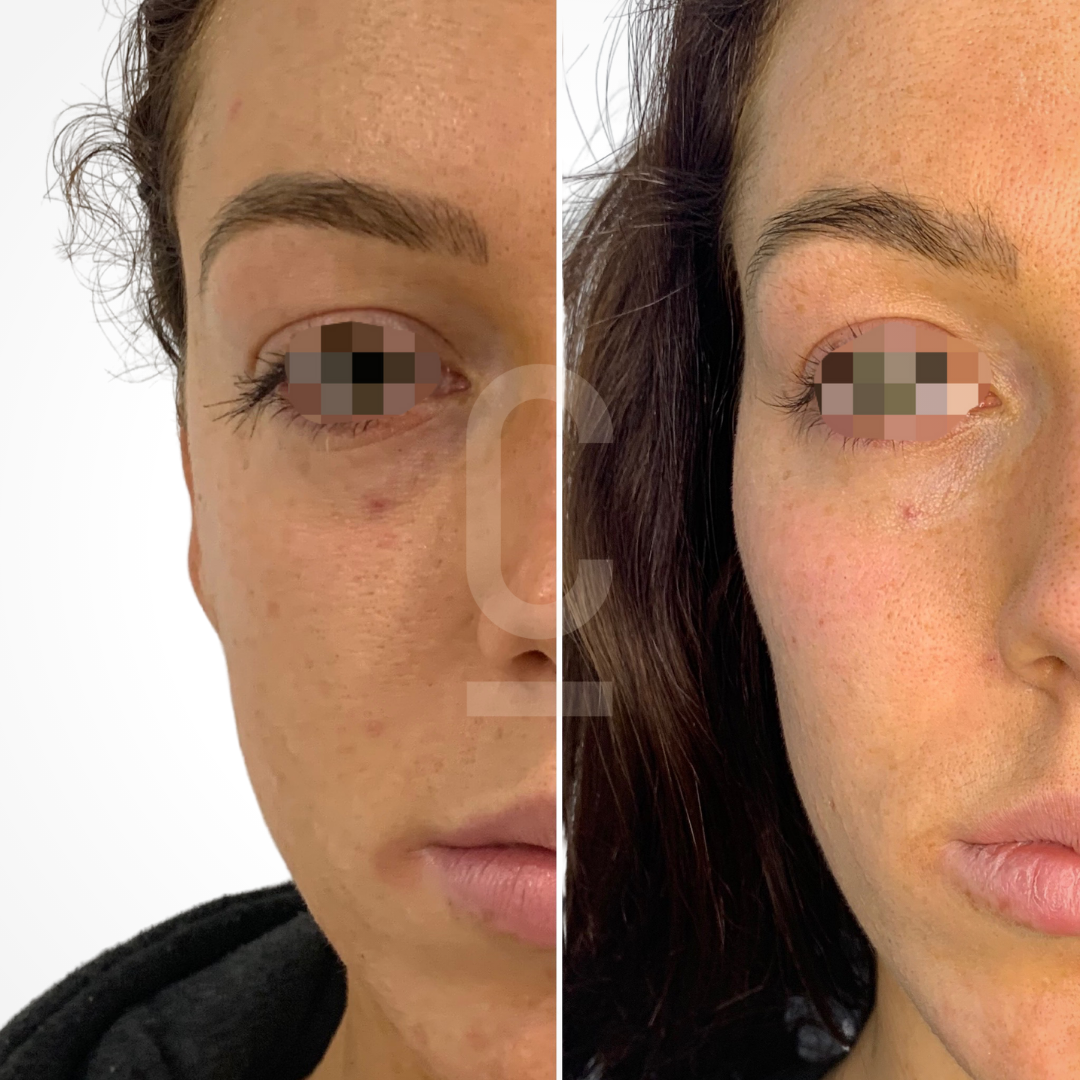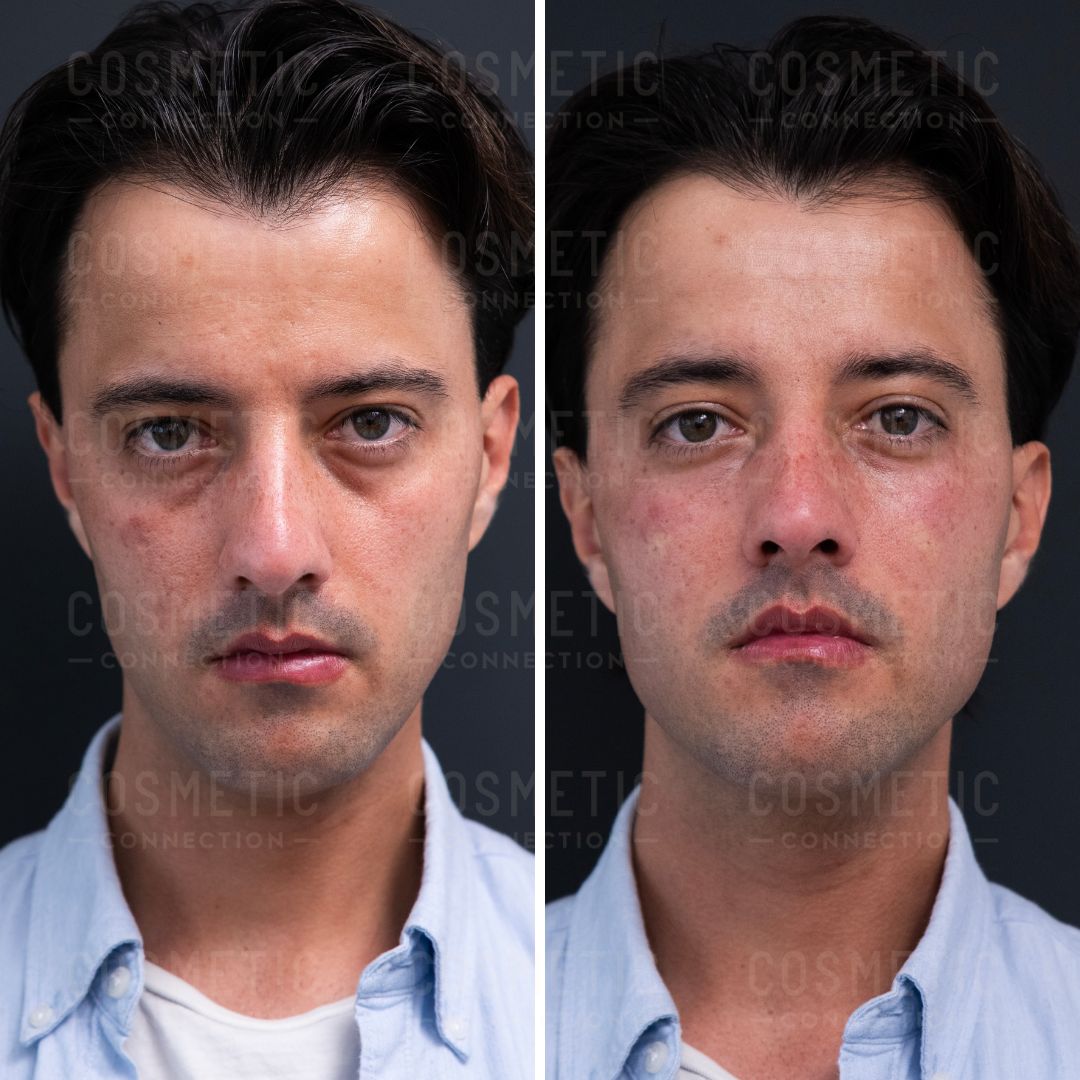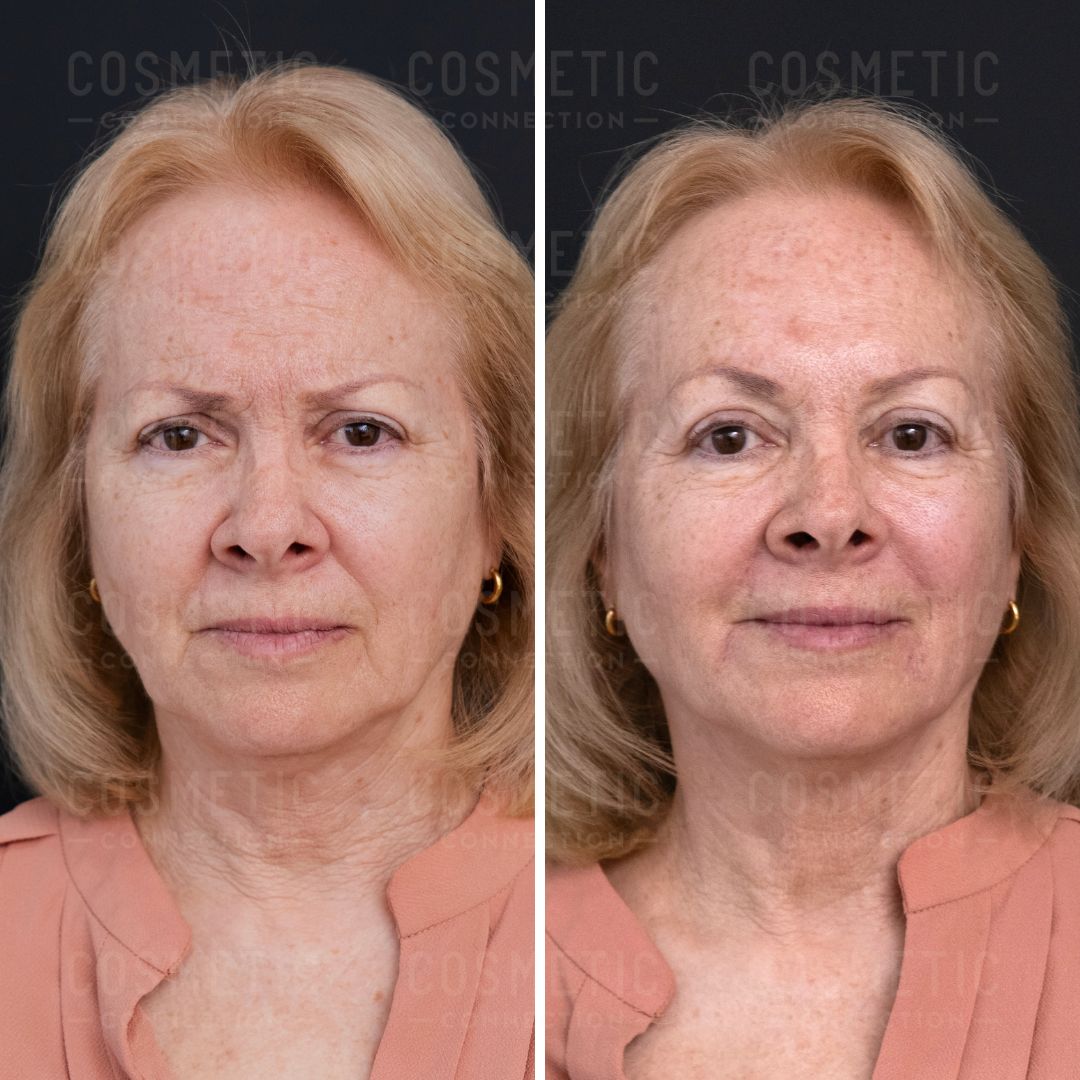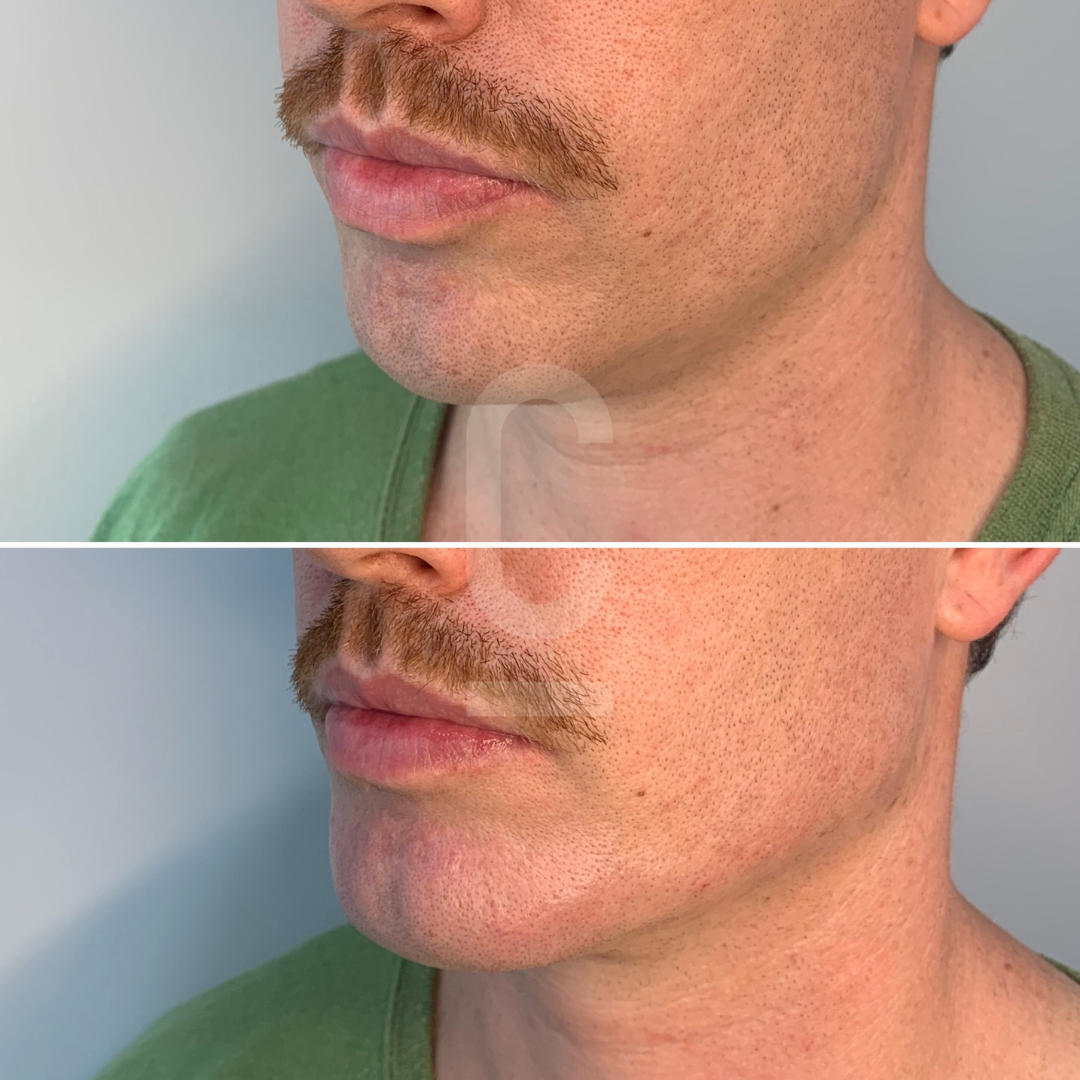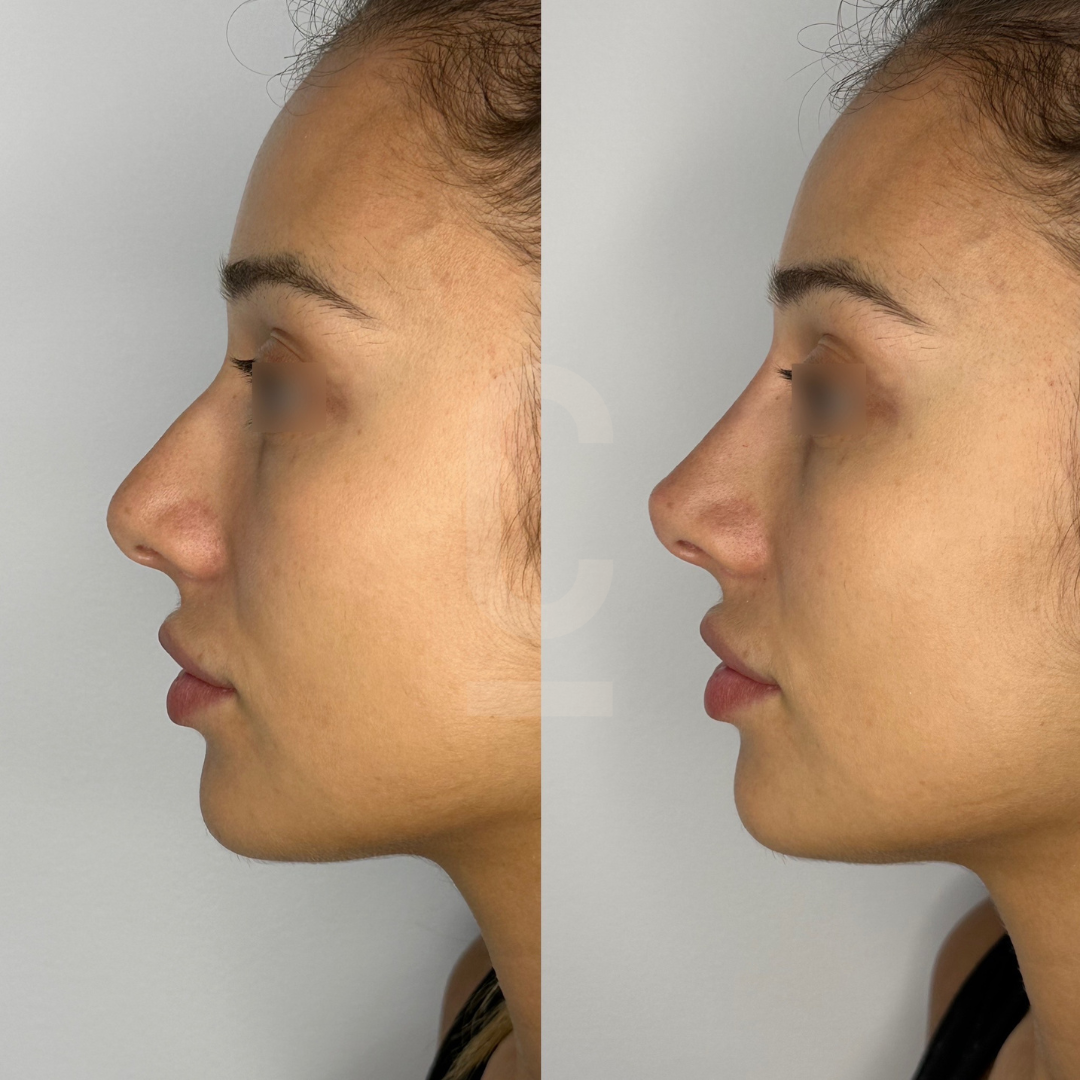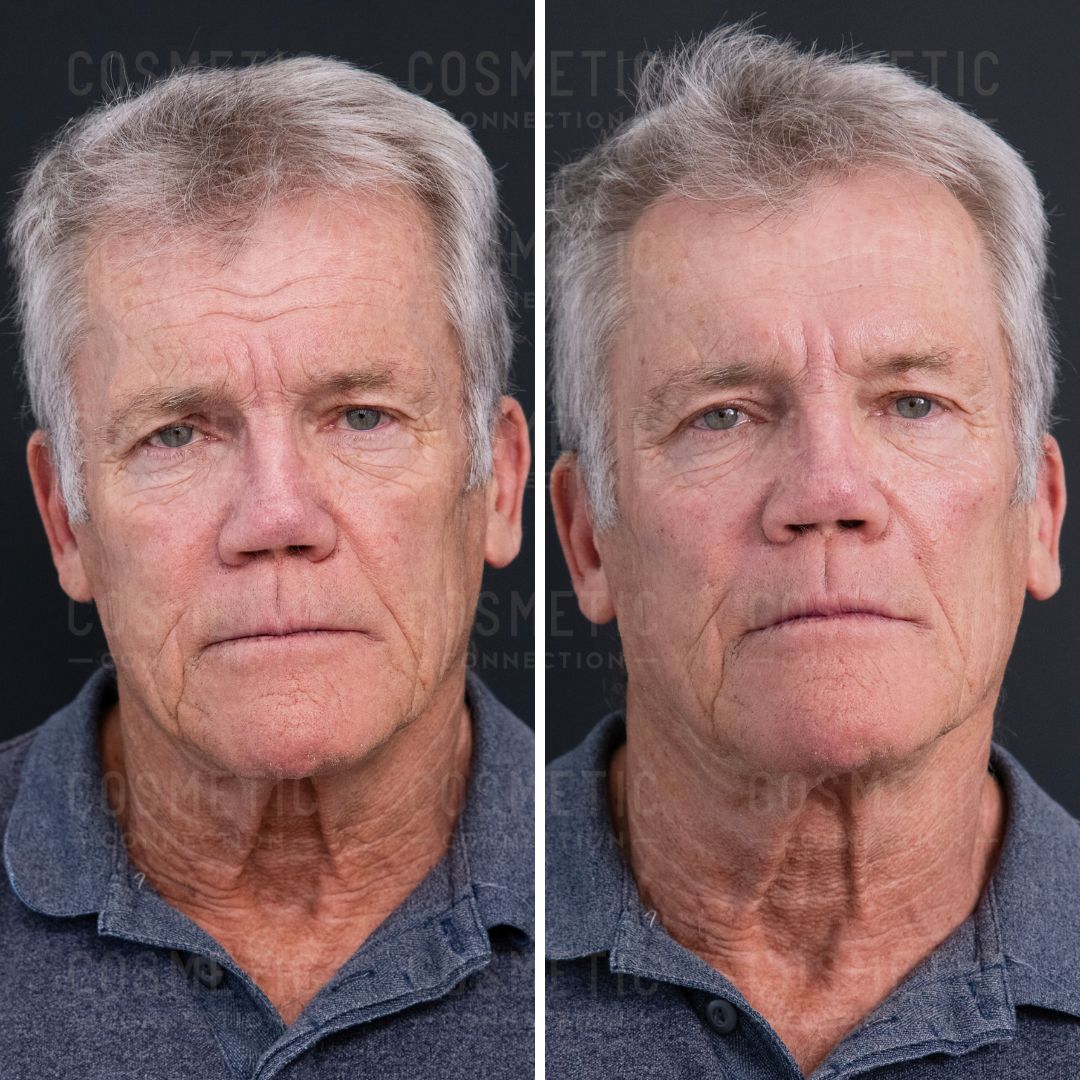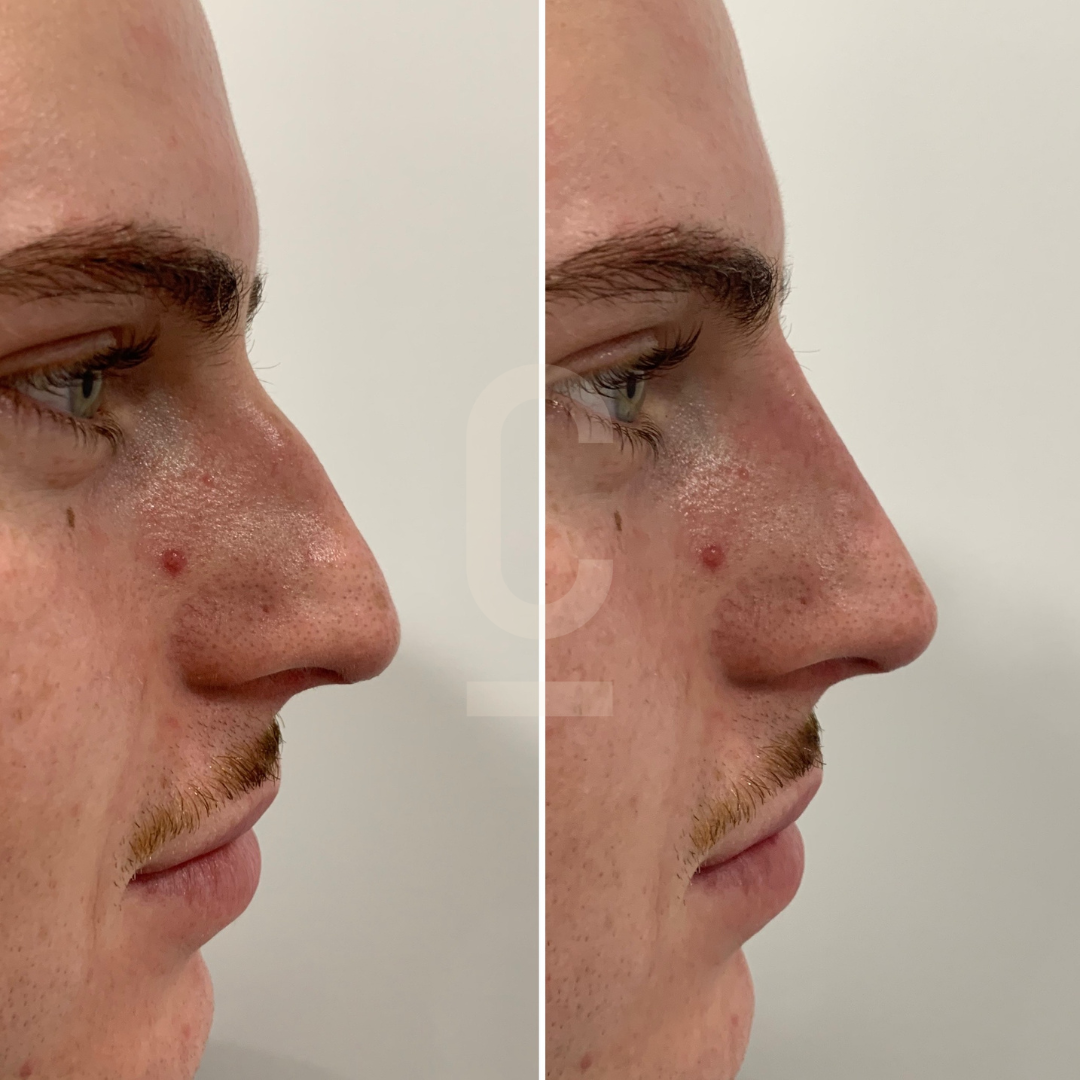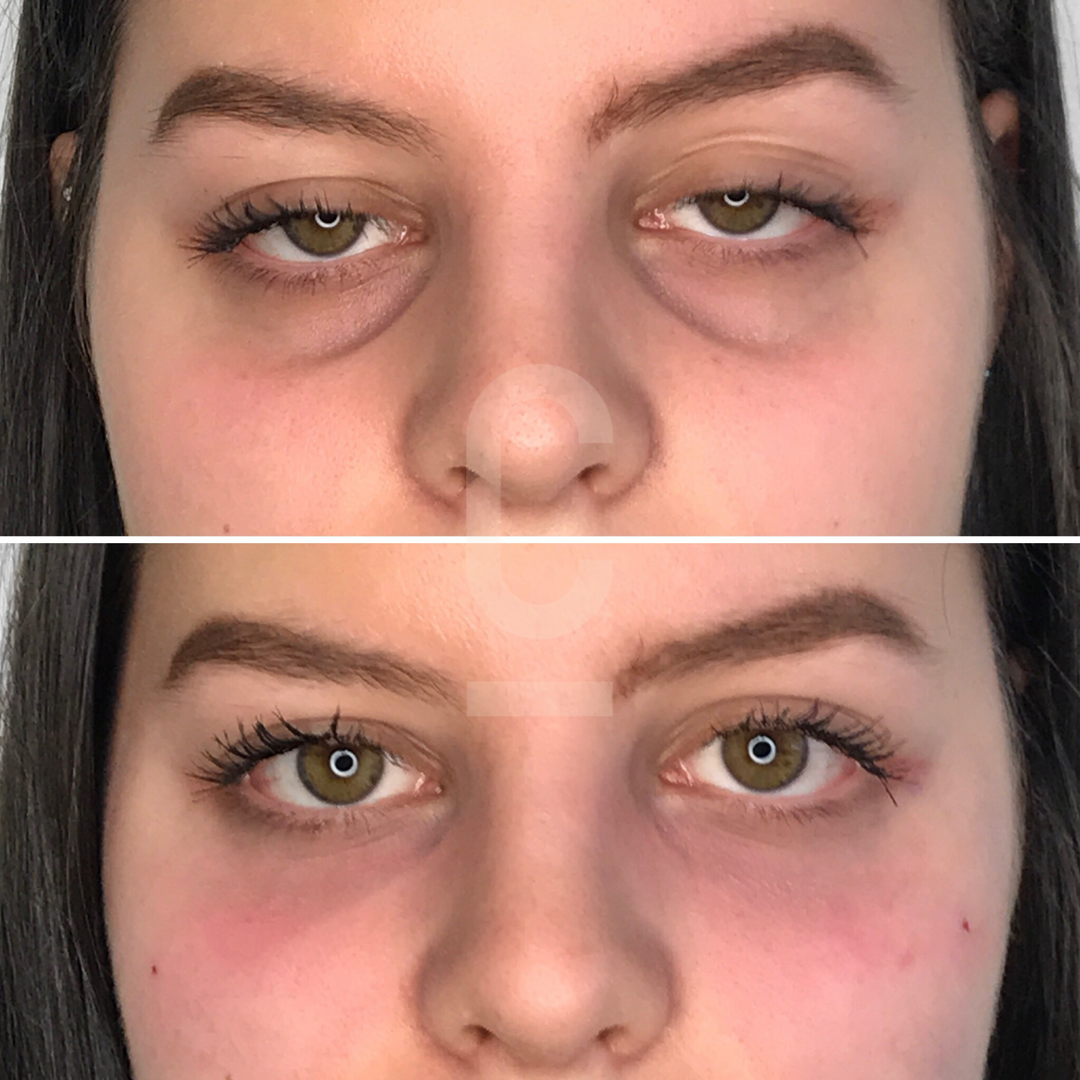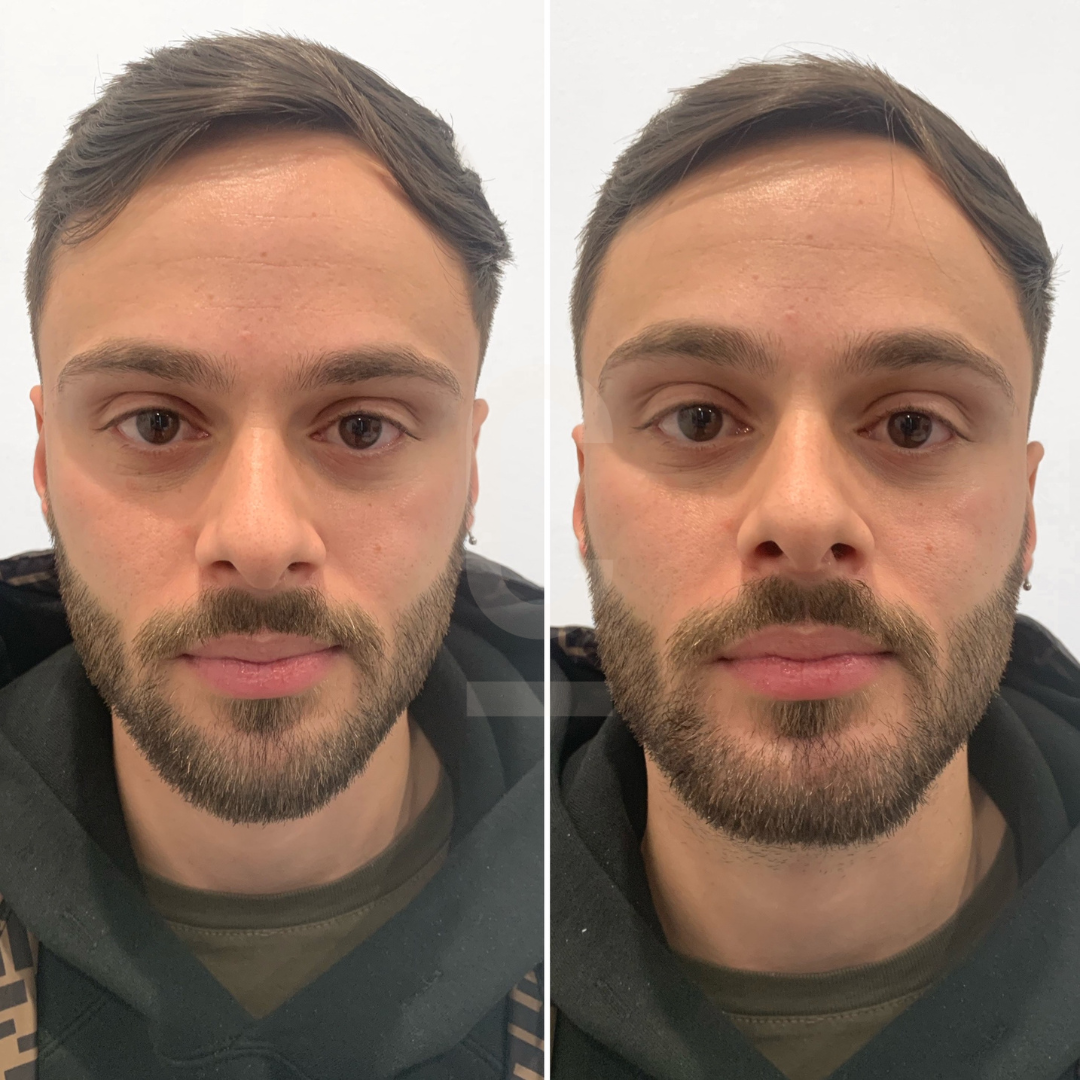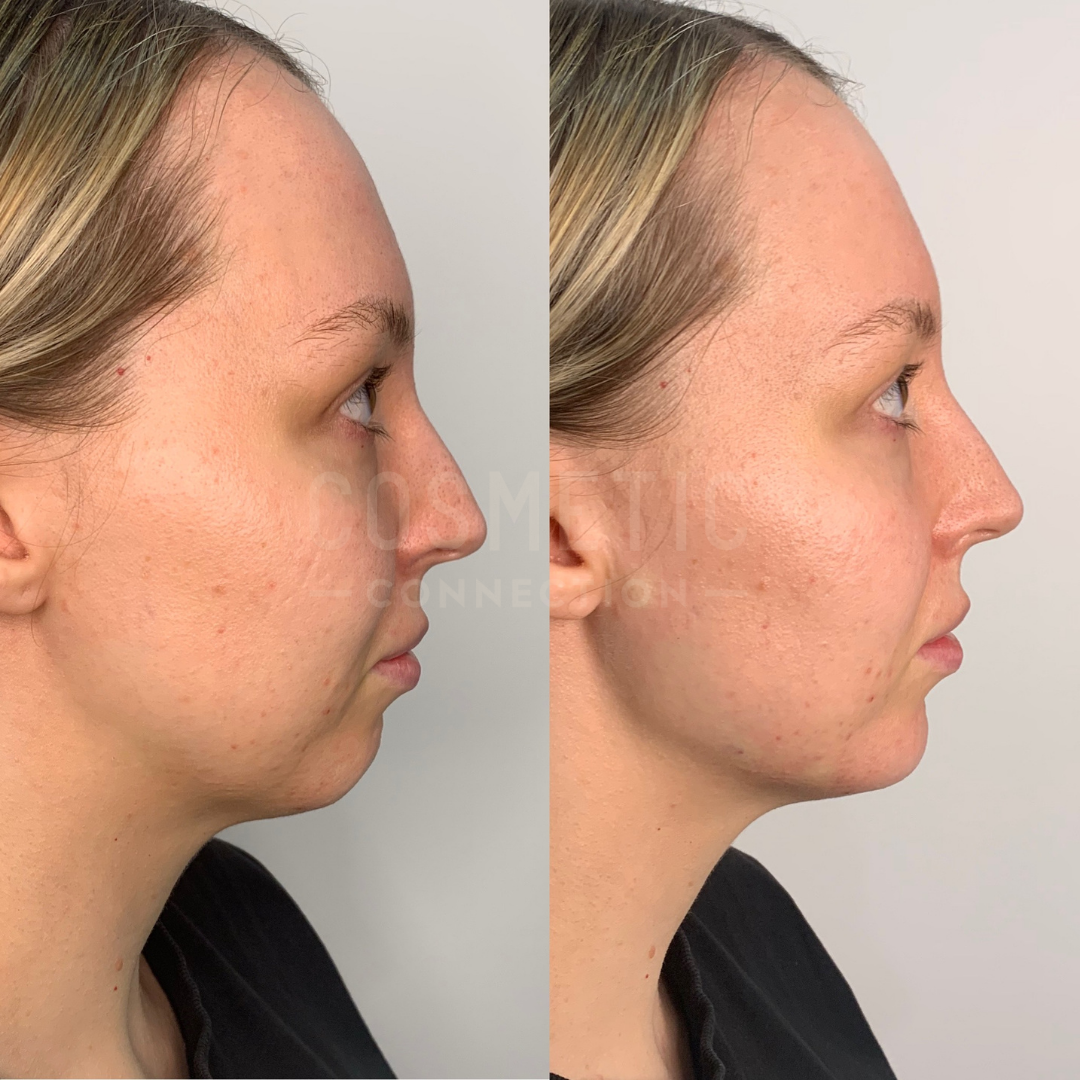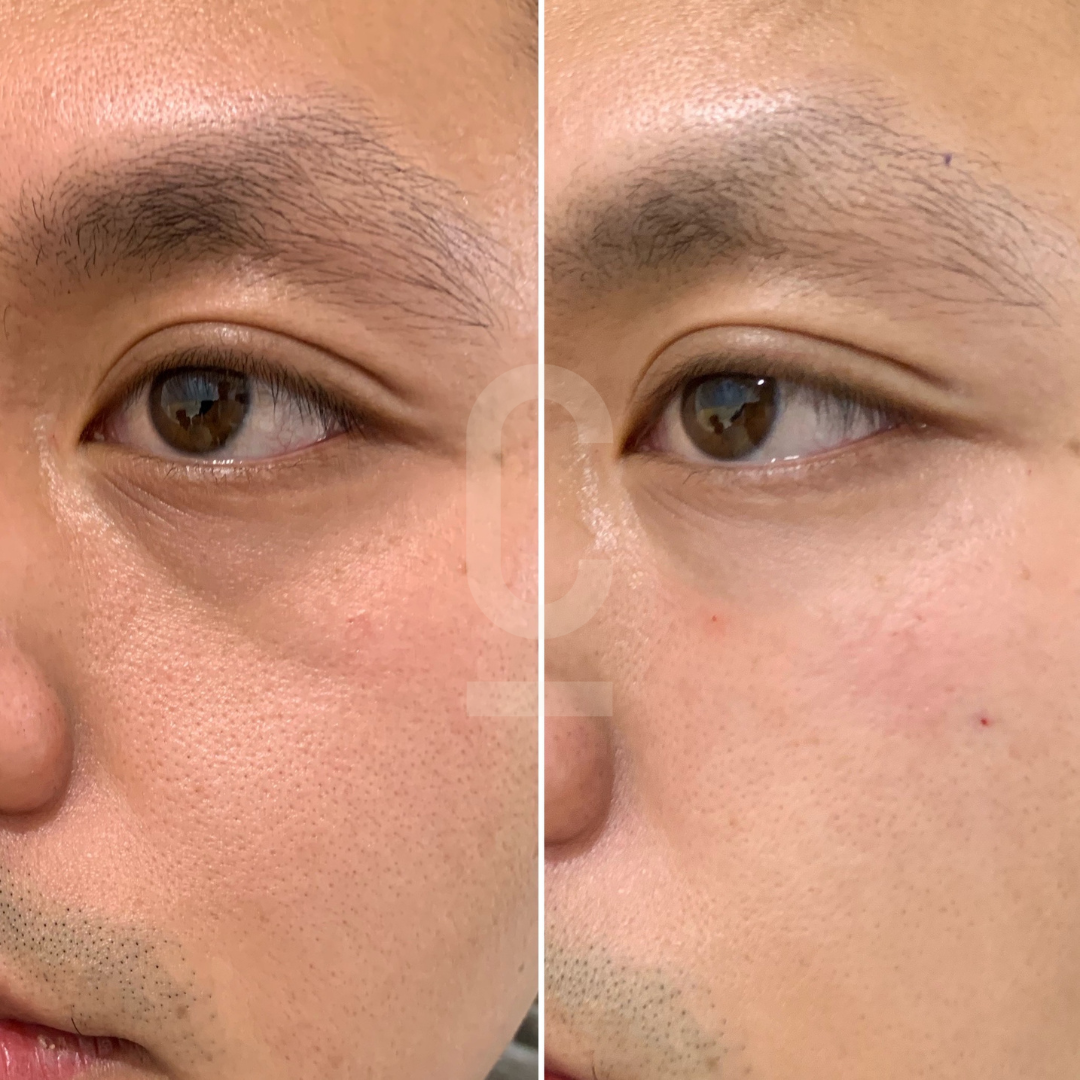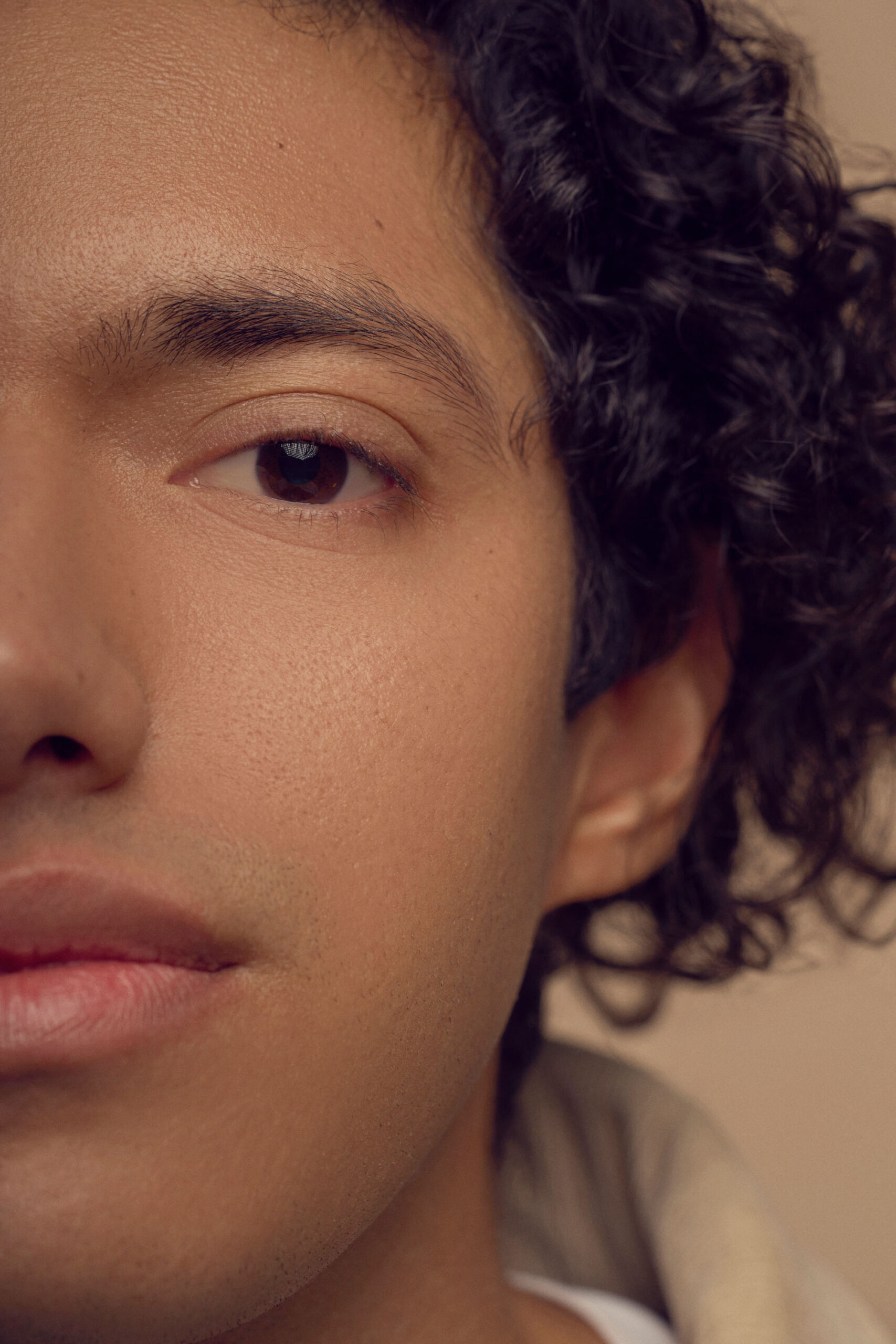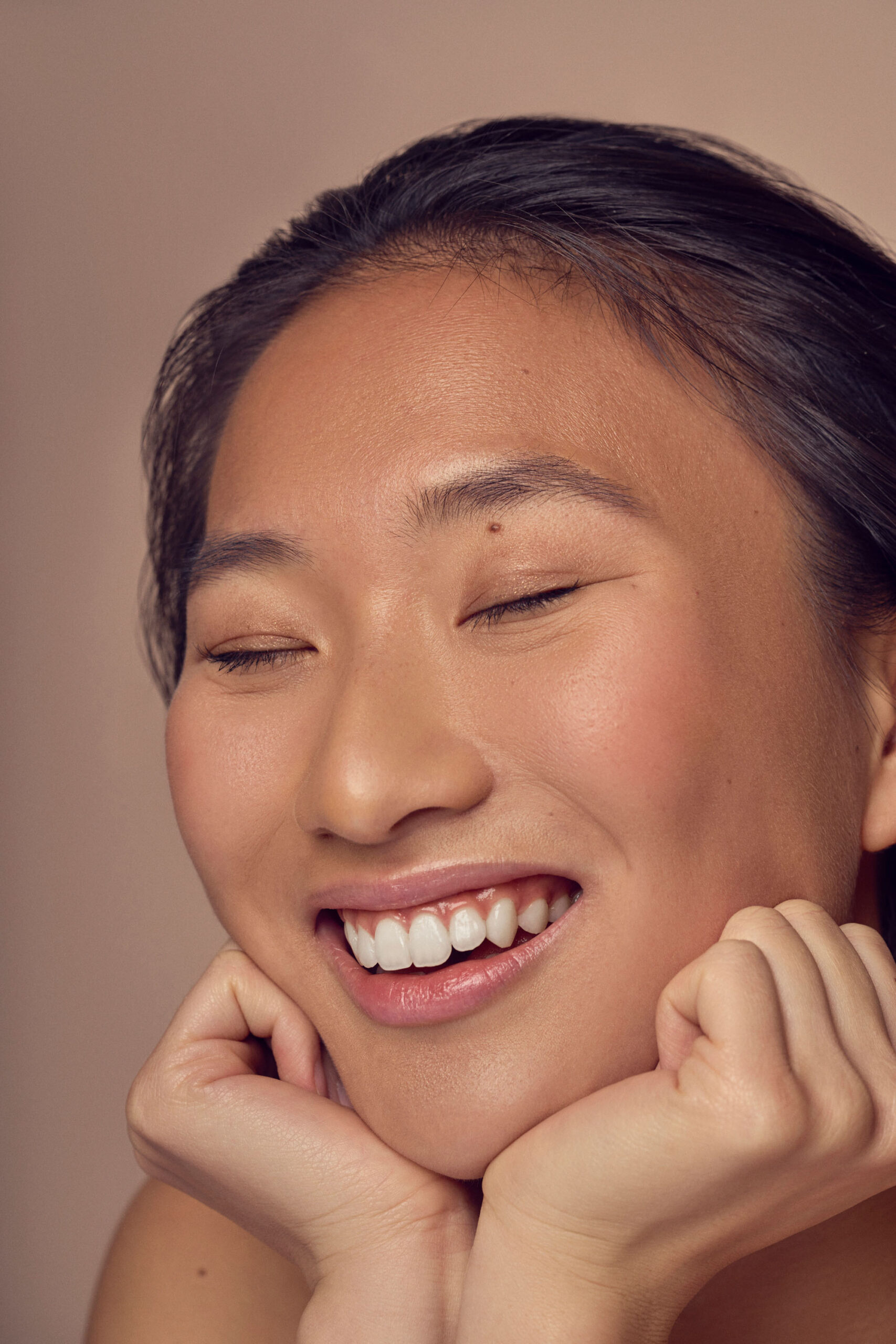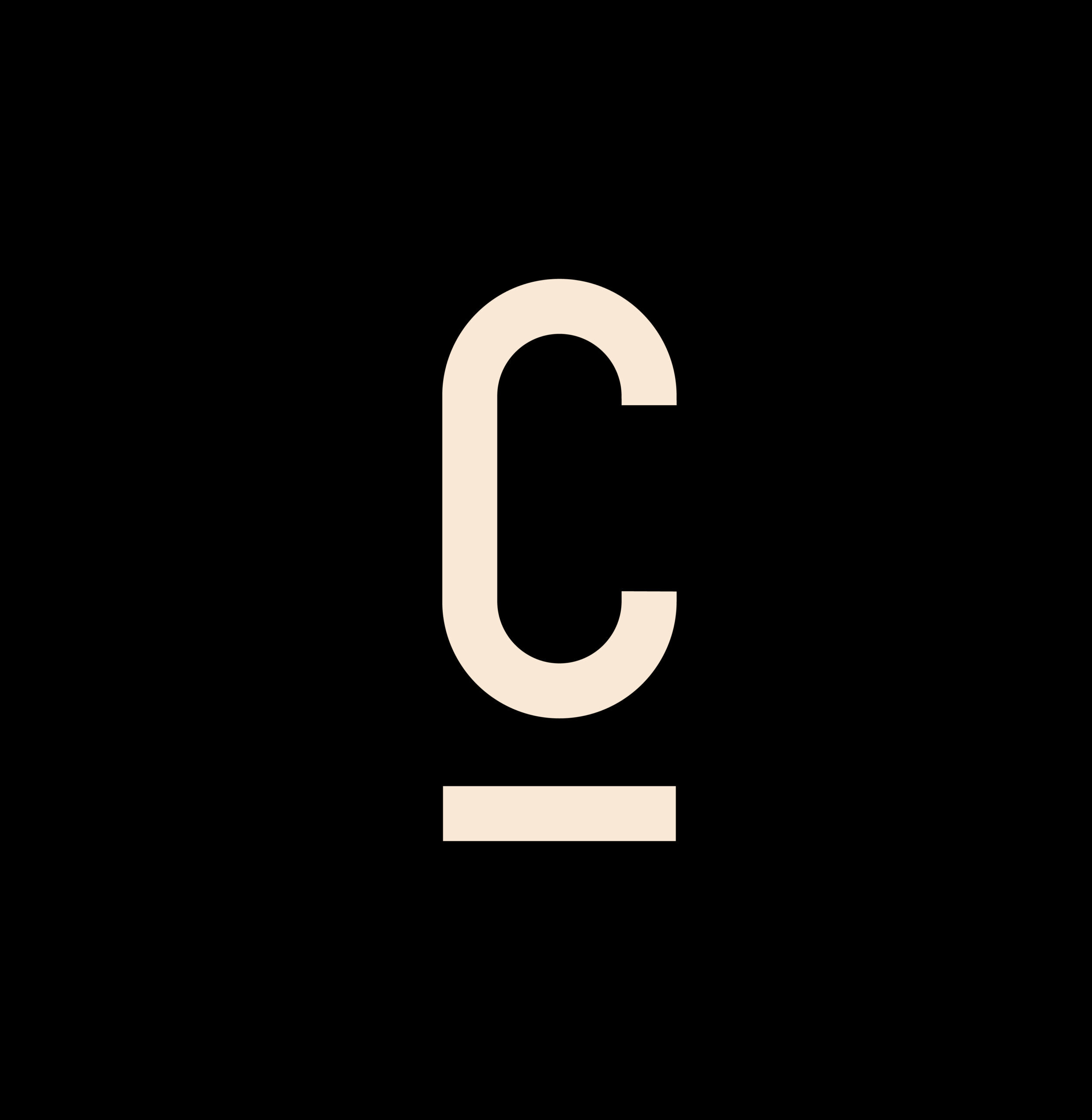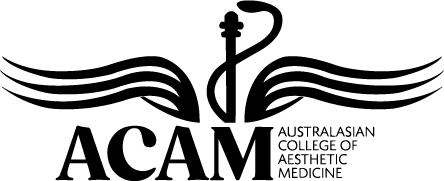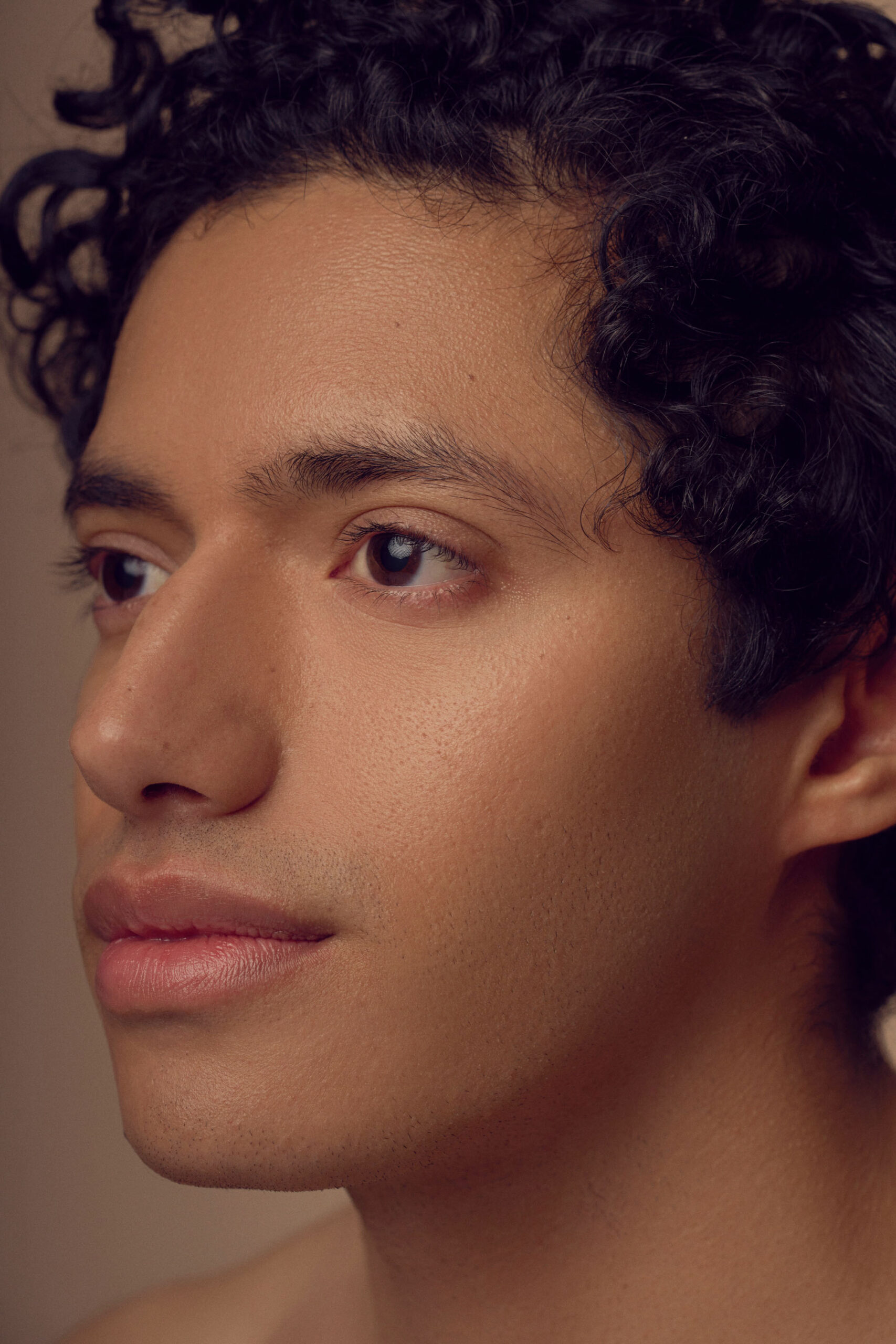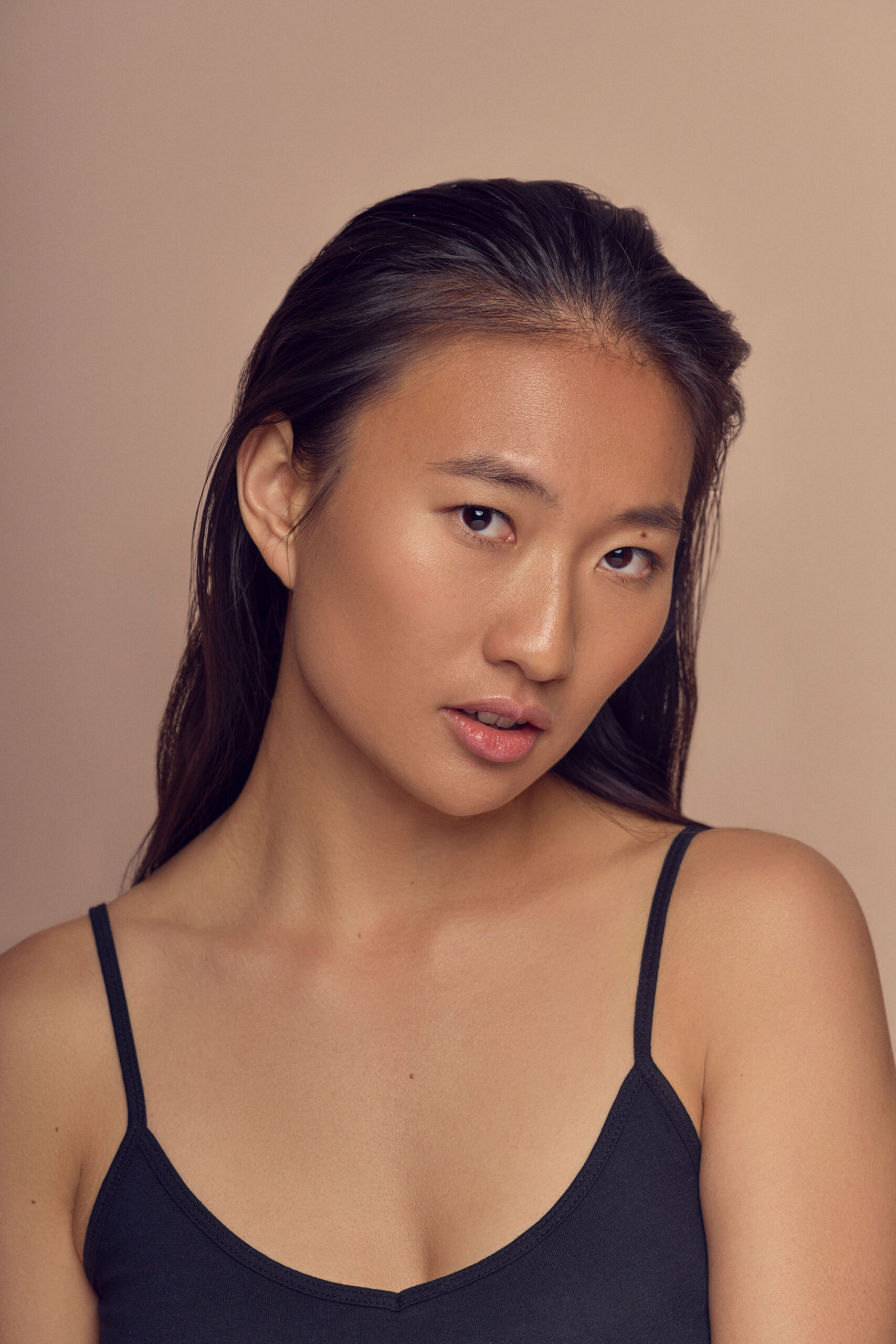Women & Men
Dermal structure and volume
Provided by our trusted team in a clinical setting.
Recommendations made with your comfort and recovery time in mind.
Results aligned with your preferences.
Plans that prioritise ongoing supportive care.
Explore non-surgical options to treat volume loss, refine face and body features, and soften deep structure wrinkles and facial skin folds.
Start your booking process by providing us some details
As seen in
Why book a consultation for facial structure and volume?
A consultation with our experienced clinicians helps you understand your options and choose the approach best suited to your preferences. You’ll receive clear guidance tailored to your individual needs.
Professional Guidance
Learn which non-surgical options are suitable for your personal aesthetic concerns.
Personalised Plan
Receive recommendations customised to your goals and lifestyle.
Tailored Improvement, Without Permanent Commitment
Enjoy the peace of mind that comes with tailored and non-permanent changes.
Holistic Approach
Can be integrated into a holistic non-surgical plan to balance facial features and refresh your appearance.
Treatment info
Treatment objectives
Suitability
Preparation
Aftercare
Results
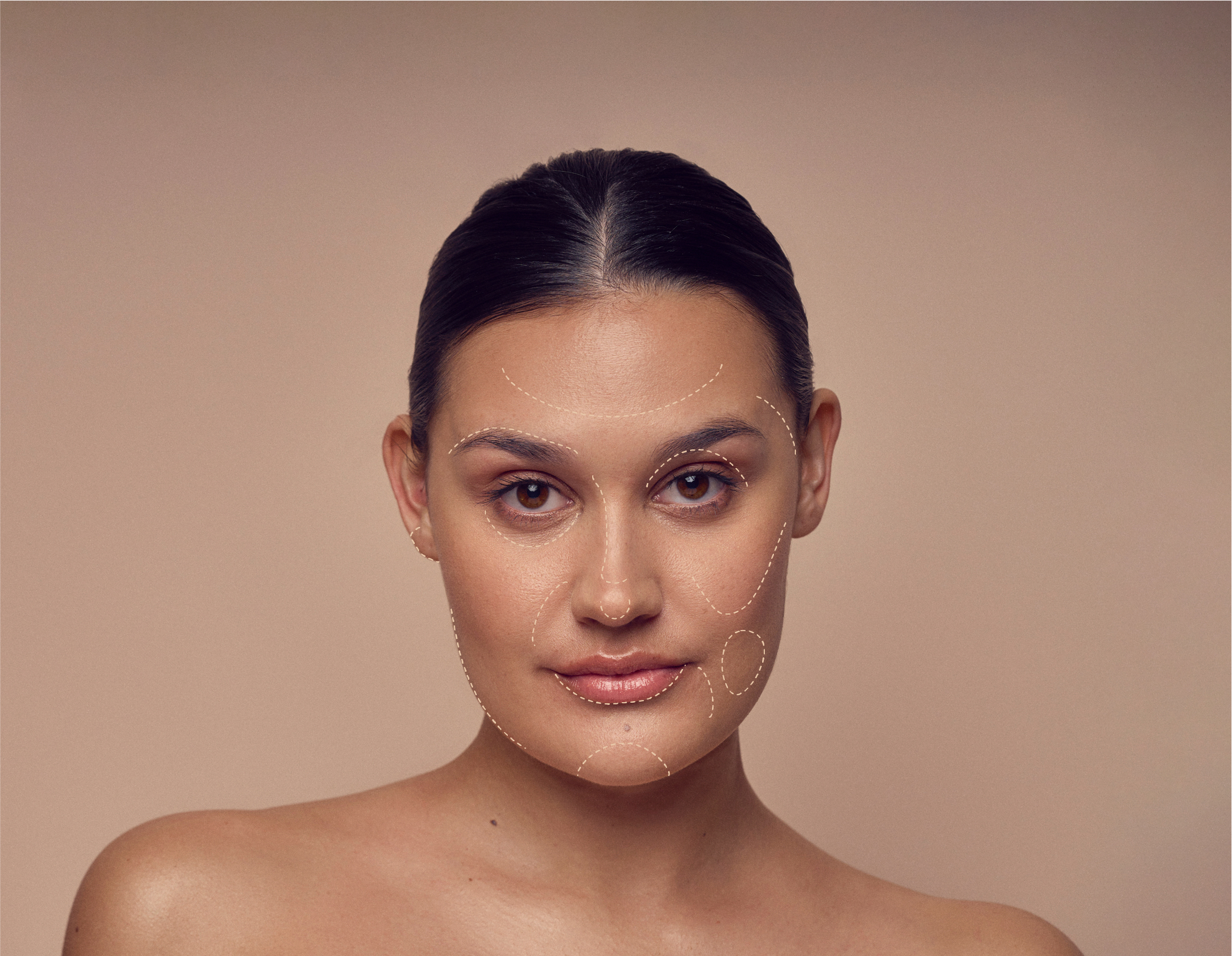
Select a region
Temples
Volume loss in the temples can create hollows and shadows, affecting the balance and contours of the upper face. During your consultation, we can explore non-surgical approaches to support temple volume.
Brow
Brow volume loss can lead to heaviness and flattening with age, while natural brow structure may also influence the shape of the upper face. During your consultation, we can explore non-surgical approaches to support brow structure and volume.
Upper eyelids
Upper eyelid fullness and tone can change due to natural anatomy or ageing, sometimes leading to a hollow appearance. During your consultation, we can explore non-surgical approaches to support the upper eyelid area, helping to refine the contours of the area above your eyes.
Nose
The nose can change in shape and structure over time. Skin laxity, cartilage shifts, and changes in surrounding facial support can make the nose appear longer or create uneven contours. During your consultation, we can explore non-surgical approaches to support and refine nose structure.
Under eye
Under-eye volume loss and ageing can lead to dark circles, hollowness, and the appearance of eye bags. During your consultation, we can explore non-surgical approaches to increase under-eye support and create a refreshed look.
Nose tip
The tip of the nose can lack definition or projection due to natural anatomy or ageing. Changes in cartilage, skin laxity, and surrounding facial support can cause drooping or flatness. During your consultation, we can explore non-surgical approaches to support and refine the nose tip for a lifted appearance.
Cheeks
Cheek shape and volume, whether naturally flat or reduced with age, can affect the definition and fullness of the mid-face. During your consultation, we can explore non-surgical approaches to support cheek volume, helping to refine contours.
Nasolabial folds
The lines running from the sides of the nose to the corners of the mouth can become more prominent due to natural facial anatomy or ageing. During your consultation, we can explore non-surgical approaches to soften these folds and smooth mid-face contours.
Marionette lines
The grooves extending from the corners of the mouth toward the chin can deepen over time. During your consultation, we can explore non-surgical approaches to smooth marionette lines and improve the structure of lower-face contours.
Accordion lines
Wrinkles and creases along the cheeks can develop due to facial movement, anatomy, or ageing. During your consultation, we can explore non-surgical approaches to soften accordion lines.
Lips
Changes in lip shape and volume, whether from natural anatomy or ageing, can affect overall facial harmony. During your consultation, we can explore non-surgical approaches to support lip shape, definition, and subtle volume.
Jawline
The jawline can lose definition or appear softer due to natural anatomy or age-related volume changes. During your consultation, we can explore non-surgical approaches to support jawline structure and refine lower-face contours, including reducing jowls.
Chin
Chin volume and shape, whether naturally smaller or reduced with age, can influence lower-face proportions. During your consultation, we can explore non-surgical approaches to support chin structure and refine the contours of the lower face.
Temples
Volume loss in the temples can create hollows and shadows, affecting the balance and contours of the upper face. During your consultation, we can explore non-surgical approaches to support temple volume.
Brow
Brow volume loss can lead to heaviness and flattening with age, while natural brow structure may also influence the shape of the upper face. During your consultation, we can explore non-surgical approaches to support brow structure and volume.
Upper eyelids
Upper eyelid fullness and tone can change due to natural anatomy or ageing, sometimes leading to a hollow appearance. During your consultation, we can explore non-surgical approaches to support the upper eyelid area, helping to refine the contours of the area above your eyes.
Nose
The nose can change in shape and structure over time. Skin laxity, cartilage shifts, and changes in surrounding facial support can make the nose appear longer or create uneven contours. During your consultation, we can explore non-surgical approaches to support and refine nose structure.
Under eye
Under-eye volume loss and ageing can lead to dark circles, hollowness, and the appearance of eye bags. During your consultation, we can explore non-surgical approaches to increase under-eye support and create a refreshed look.
Nose tip
The tip of the nose can lack definition or projection due to natural anatomy or ageing. Changes in cartilage, skin laxity, and surrounding facial support can cause drooping or flatness. During your consultation, we can explore non-surgical approaches to support and refine the nose tip for a lifted appearance.
Cheeks
Cheek shape and volume, whether naturally flat or reduced with age, can affect the definition and fullness of the mid-face. During your consultation, we can explore non-surgical approaches to support cheek volume, helping to refine contours.
Nasolabial folds
The lines running from the sides of the nose to the corners of the mouth can become more prominent due to natural facial anatomy or ageing. During your consultation, we can explore non-surgical approaches to soften these folds and smooth mid-face contours.
Marionette lines
The grooves extending from the corners of the mouth toward the chin can deepen over time. During your consultation, we can explore non-surgical approaches to smooth marionette lines and improve the structure of lower-face contours.
Accordion lines
Wrinkles and creases along the cheeks can develop due to facial movement, anatomy, or ageing. During your consultation, we can explore non-surgical approaches to soften accordion lines.
Lips
Changes in lip shape and volume, whether from natural anatomy or ageing, can affect overall facial harmony. During your consultation, we can explore non-surgical approaches to support lip shape, definition, and subtle volume.
Jawline
The jawline can lose definition or appear softer due to natural anatomy or age-related volume changes. During your consultation, we can explore non-surgical approaches to support jawline structure and refine lower-face contours, including reducing jowls.
Chin
Chin volume and shape, whether naturally smaller or reduced with age, can influence lower-face proportions. During your consultation, we can explore non-surgical approaches to support chin structure and refine the contours of the lower face.
Your Experience
Step 3 of 3
Enjoy natural-looking results
After your treatment, we provide clear post-care instructions, so you can enjoy your results and get back to your day.
All treatments include an optional complimentary follow-up, and are backed by our satisfaction guarantees for complete peace of mind.

Have questions? We're here to help.
Get in touch and we’ll get back to you with the answers you’re looking for.
The steps involved in treatment for volume and structure are:
- The treatment area will be cleaned and marked
- Numbing
- Treatment is performed
- The skin will be cleaned again
- The results will be checked to ensure no adjustments are needed
Treatments for facial volume and structure have mild discomfort which can be reduced with a range of techniques.
Yes, treatments for dermal volume and structure can reduce signs of ageing affecting the back of your hands.
It is typically used to reduce hollowness, and prominent tendons and veins.
The cost of treatment for structure and volume varies depending on your individual needs, which can only be determined after an assessment. If you’d like pricing information, you can:
- Complete our free online suitability assessment for general pricing information.
- Schedule a consultation (free spots available in Sydney) for a personalised treatment plan and quote.
Treatments for facial volume and structure typically fade over months to years, depending on specific treatment methods, and personalised lifestyle factors and metabolism.
Treatments for facial volume and structure should not look fake when done conservatively.
Most treatments for facial volume and structure give the final result within days as any swelling subsides.
Treatments for facial volume and structure generally take 2-4 weeks to settle.
If you’ve had treatments for facial volume and structure and noticed your result wear off fast, there are two potential explanations:
- Swelling: This is how your result looks for the first few days, and is often more pronounced. Once the swelling subsides, you see the drop-off, rather than the change compared to your pre-treatment appearance.
- Treatment was conservative: Conservative treatments make subtle changes, and also wear off faster.
The longevity of your treatment for structure and volume depends primarily on the type and extent of treatment. There is some evidence that maintenance treatment can help to prolong your results.
Yes, dermal treatments for structure and volume are reversible.
After having treatments for facial volume and structure expect some slight redness and swelling. As any numbing wears off, the treated area may be mildly tender. Bruising can occur, but you can reduce this by applying a cold pack.
It is important to allow 2-4 weeks for the results to settle, at which time you can assess the final result.
You can apply makeup the day after your treatment for facial volume and structure. This is to allow time for the treatment sites to heal over, and so that you can monitor your skin for any signs of a side effect.
You can wash your face immediately after having treatments for facial volume and structure. Be very gentle for 7 days when washing your face.
The timeframe until it is safe to fly after facial structure and volume treatments depends on the flight duration and destination. Generally, domestic short haul flights are ok after 48 hours, while for longer flights or international ones, you should wait at least 7 days.
After treatment for structure and volume, it is best to avoid smoking for at least 48 hours. Smoking and vaping reduce blood oxygen, and impair healing, delaying your recovery and increasing the chance of side effects.
Light exercise is ok immediately after most treatments for facial structure and volume. For more intense activity, you should wait 24-48 hours.
The main side effects of treatments for facial volume and structure are mild swelling and tenderness, which resolve over a few days.
Rare risks include nodules, skin injury, and infection. These will be discussed with you during your consultation.
Treatments for facial volume and structure are a low-risk treatment, but like all procedures, there are potential side effects.
Some side effects of treatments for facial volume and structure treatment include:
- Swelling and bruising
- Asymmetry due to swelling, that usually resolves on its own over 2-3 weeks
- Small lumps and bumps that almost always resolve on their own over a few weeks
There are rare complications of treatments for facial volume and structure that it is important to be aware of. These include:
- Allergic reactions
- Skin injury
- Infections
Treatment for facial volume and structure have not been tested in pregnant or breastfeeding women.
Most clinics therefore recommend against having treatments for facial structure and volume during this time.
The risks of treatments for facial volume and structure are the same around the eyes as they are for other areas.

Why people choose Cosmetic Connection
Your treatment is performed in doctor-led, medical-grade clinics that follow strict safety and hygiene protocols, ensuring your privacy, comfort and wellbeing at every step.
We use only scientifically validated products, techniques and technologies — never trends or unproven methods — so you receive care you can trust.
Our clinicians stay up-to-date with best practice to deliver precise treatments and optimal results.
We prioritise what’s right for you. With us, you’ll receive personalised treatment recommendations–without any pressure or obligation to proceed with treatment.
With our standardised photography, we can plan your treatment collaboratively, while tracking your progress and results.
Your treatment plan is designed around your individual goals with tiered package pricing that provides greater value when addressing multiple concerns—helping you achieve better personalised results, more efficiently.
Your satisfaction is one of our top priorities.
We back our treatments with guarantees because we’re confident in our results — and we want you to feel completely supported and reassured in your decision to move forward.


